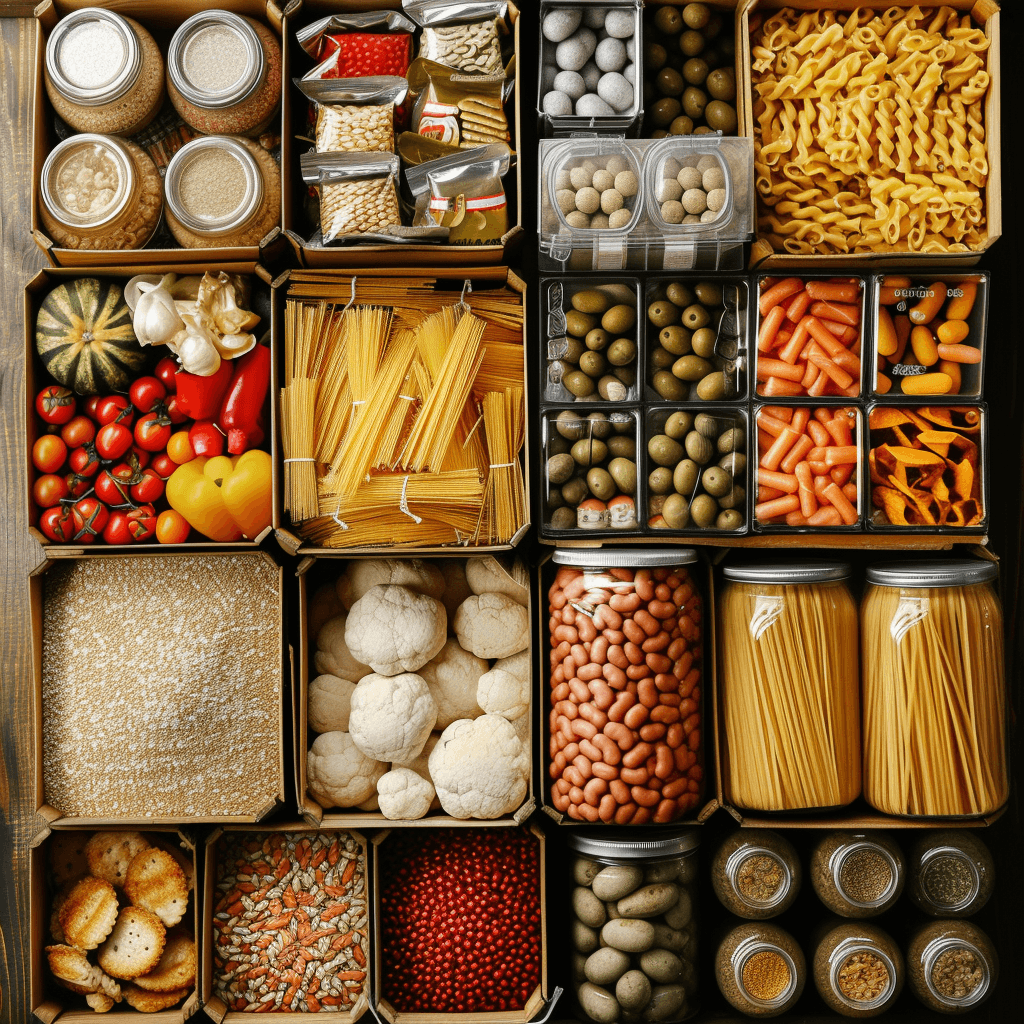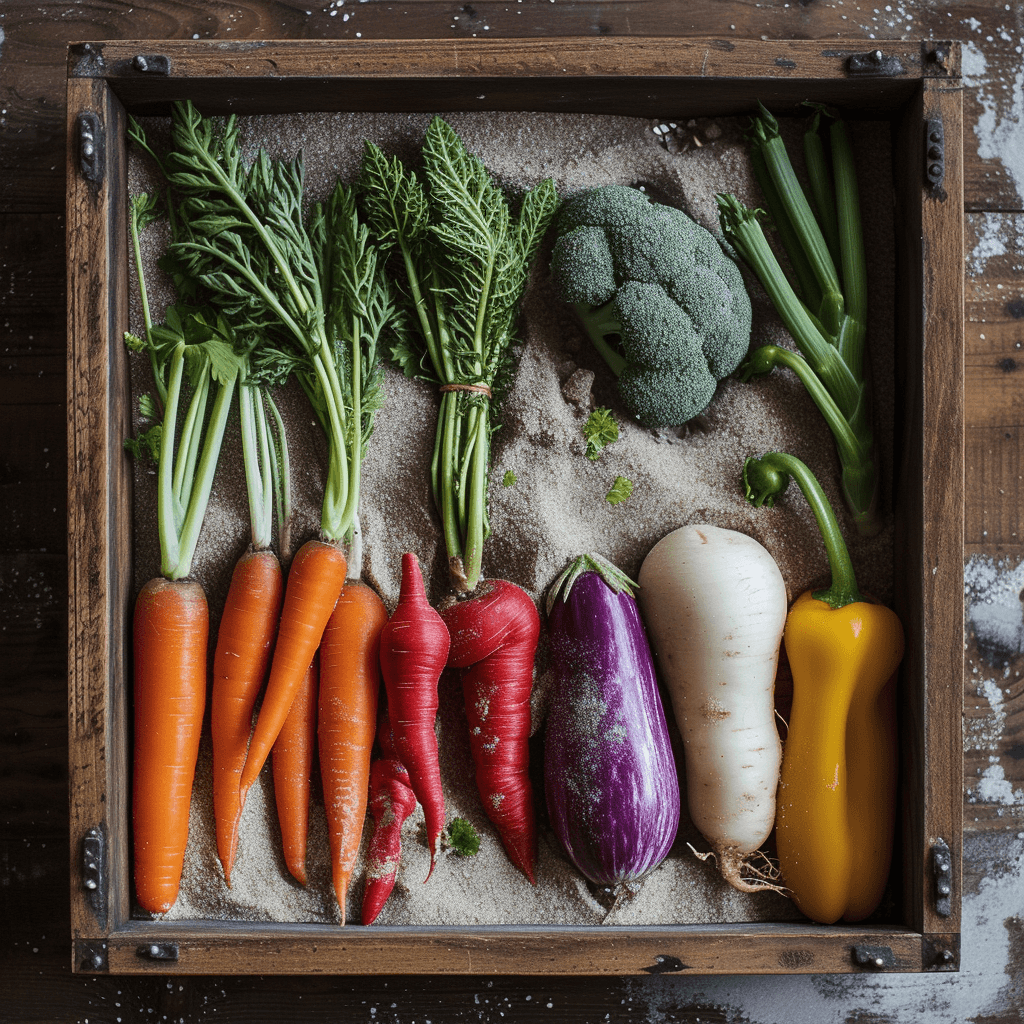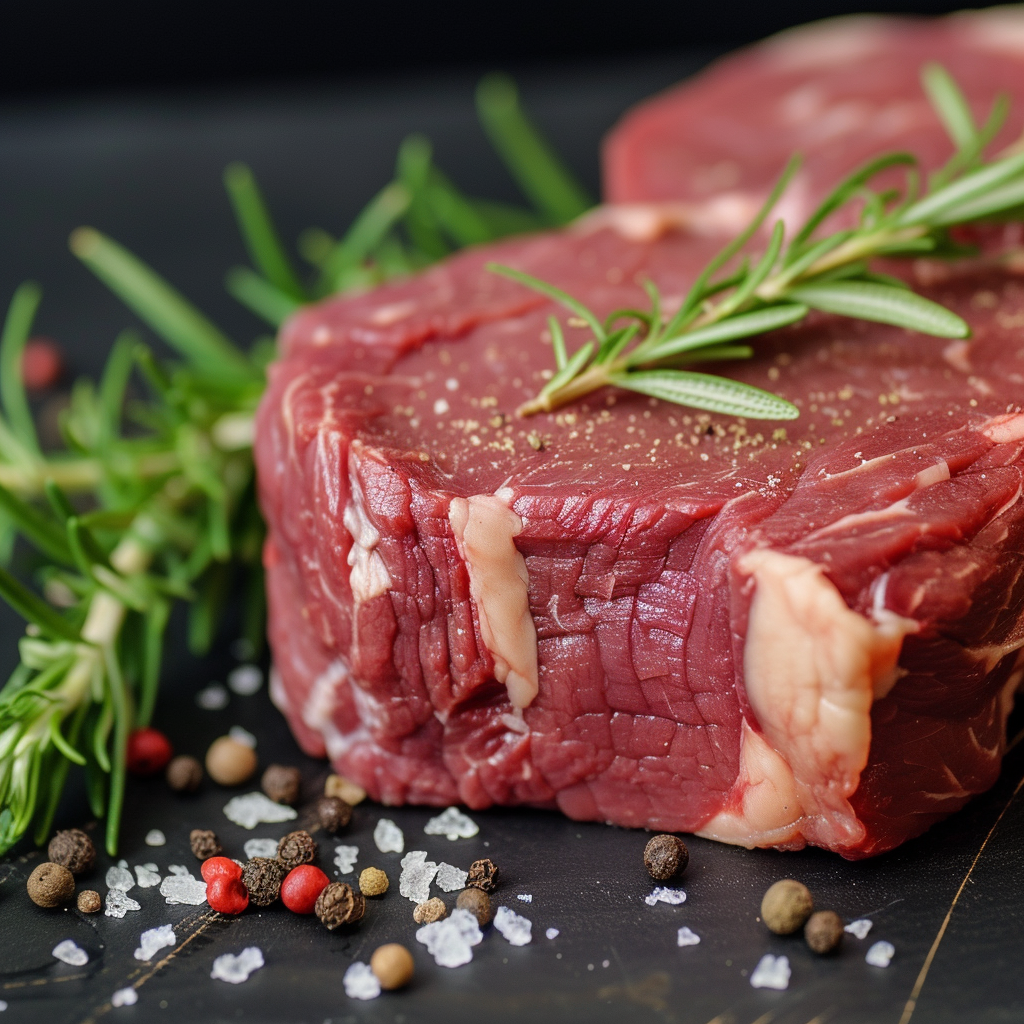I’ll be honest, I never thought there would come a day when I’d have to figure out how to store my precious perishables without a fridge. But here we are, living in a time when power outages and limited access to electricity are becoming more common. So, how exactly do you keep your food from spoiling without the trusty old fridge? Well, it turns out there are some ingenious methods that our ancestors employed for centuries. From root cellars to canning, join me on a journey to discover the secrets of storing perishables without a fridge.
How Do You Store Perishables Without A Fridge?
When it comes to storing perishable foods without a fridge, there are various methods and techniques that can help ensure their longevity. Understanding the nature of perishable foods and implementing appropriate temperature control methods are essential. Additionally, alternative cooling techniques, such as using ice or wet cloths, can be utilized. Preserving perishables through canning, dehydrating, fermentation, and pickling are other options, while utilizing salt and sugar for preservation can extend the shelf life of certain foods. Building root cellars or underground storage spaces provides a natural cooling environment, while creative food storage solutions can maximize space efficiency. Lastly, seeking out local and seasonal produce can reduce the need for long-term storage. Let’s explore these methods in detail.

1. Understanding Perishable Foods
Before finding alternative ways to store perishables, it’s important to understand what exactly makes certain foods perishable. Perishable foods are typically high in water content and have a tendency to spoil quickly without proper storage. Examples of perishable foods include fresh fruits and vegetables, dairy products, meat, seafood, and cooked leftovers. These items are vulnerable to bacteria growth, enzymatic activity, and oxidation, which contribute to their spoilage. By understanding the factors that cause food spoilage, we can implement effective storage methods to prevent it.
2. Temperature Control Methods
Temperature control plays a crucial role in preserving perishable foods. In the absence of a refrigerator, it’s important to maintain a cool environment to slow down the rate of food spoilage. One way to achieve this is by storing perishables in a cool, dark place, such as a basement or pantry, away from direct sunlight and heat sources. Another option is using coolers with ice packs, rotating the packs regularly to keep the temperature low. Additionally, wrapping perishables in damp cloth or paper towels and placing them in a drafty area can help maintain a cooler temperature. Monitoring the ambient temperature and ensuring it stays within a safe range is vital for preserving perishable foods.
3. Alternative Cooling Techniques
When refrigeration is not available, there are alternative cooling techniques that can be employed. One method is to create a makeshift refrigerator using evaporation. By placing perishables in a clay pot or ceramic container, covering it with a wet cloth, and allowing the water to evaporate, a cooling effect is generated. This can help keep the temperature lower than the surrounding environment. Another option is using a zeer pot, which involves placing a smaller pot inside a larger one, filling the gap between them with wet sand, and covering the top with a wet cloth. As the water evaporates, it creates a cooling effect inside the smaller pot. These methods can be effective in keeping perishables cool for a short period of time.
4. Preserving Perishables by Canning
Canning is a popular method of preserving perishable foods for long-term storage. By packing perishables, such as fruits, vegetables, and even meats, into jars and sealing them with airtight lids, the growth of bacteria and other microorganisms is inhibited. The process typically involves boiling the jars to kill off any bacteria present, and the heat creates a vacuum seal when the jar cools down. This method allows perishable foods to be preserved without the need for refrigeration. Canned foods can last for months or even years if stored properly in a cool, dark place.
5. Dehydrating Perishable Foods
Dehydration is another effective method for preserving perishable foods. By removing the moisture content, the growth of bacteria and mold is inhibited, allowing the food to be stored without refrigeration. Fruits, vegetables, herbs, and even meats can be dehydrated using a variety of methods, such as air drying, sun drying, or using a dehydrator. Once the perishables are adequately dried, they can be stored in airtight containers or rehydrated when needed. Dehydrated foods can last for months or even years, depending on the storage conditions.
6. Fermentation and Pickling Methods
Fermentation and pickling are traditional methods that have been used for centuries to preserve perishable foods. Fermentation involves the conversion of carbohydrates to alcohol or organic acids by microorganisms. By creating an environment suitable for beneficial bacteria and yeast, perishable foods, such as vegetables and fruits, can be preserved for an extended period of time. The process not only extends the shelf life but also enhances the flavors and nutritional value of the foods. Pickling, on the other hand, involves preserving perishables by soaking them in a solution of vinegar, salt, and spices. This acidic environment prevents the growth of bacteria, allowing the pickled foods to be stored without refrigeration.
7. Using Salt and Sugar for Preservation
Salt and sugar have long been used as natural preservatives due to their ability to dehydrate and inhibit microbial growth. By curing perishable foods in a salt or sugar mixture, excess moisture is drawn out, making it difficult for bacteria to thrive. This method is commonly used for preserving meats and fish, creating products like salted beef, jerky, or salted fish. The salt or sugar acts as a barrier, preventing the growth of spoilage-causing microorganisms. Though this method does not entirely eliminate the need for refrigeration, it can significantly extend the shelf life of perishable foods.
8. Utilizing Root Cellars or Underground Storage
Root cellars and underground storage spaces provide a natural way to store perishable foods without refrigeration. These cool, dark environments maintain a constant temperature and high humidity, ideal for storing fruits, vegetables, and even certain dairy products. Root cellars are typically built underground, using insulating materials like straw or earth to regulate temperature and humidity. They allow for long-term storage, maintaining the freshness and quality of perishable foods. Utilizing these traditional storage spaces can be an effective and sustainable way to preserve perishables.
9. Creative Food Storage Solutions
When refrigerator space is limited or unavailable, getting creative with food storage solutions is essential. Investing in space-saving kitchen gadgets like vacuum sealers, which remove air from bags to prolong the shelf life of perishables, can be beneficial. Utilizing airtight containers to store dry goods, such as rice, pasta, and beans, can also help extend their viability. Exploring alternative storage options like hanging baskets, wall-mounted shelves, or utilizing vertical space can optimize storage capacity. Maximizing available space and organizing perishables effectively can make a significant difference in their longevity without refrigeration.
10. Finding Local and Seasonal Produce
One of the best ways to minimize the need for long-term storage without a fridge is to focus on finding local and seasonal produce. Locally sourced fruits and vegetables are typically harvested when they are at their peak freshness, which means they have a longer shelf life. By purchasing produce that is in season, you can enjoy its maximum flavor and nutritional value while reducing the need for storing it for extended periods. Additionally, supporting local farmers and markets helps to strengthen the community and promote sustainable agricultural practices.
In conclusion, storing perishables without a fridge requires an understanding of the nature of perishable foods and implementing appropriate storage methods. Temperature control, alternative cooling techniques, canning, dehydration, fermentation, pickling, salt, and sugar preservation, root cellars, creative storage solutions, and seeking out local and seasonal produce are valuable strategies to preserve perishable foods. By adopting these methods, you can successfully store perishables without the need for a refrigerator and minimize food waste while ensuring the availability of fresh and nourishing meals.




